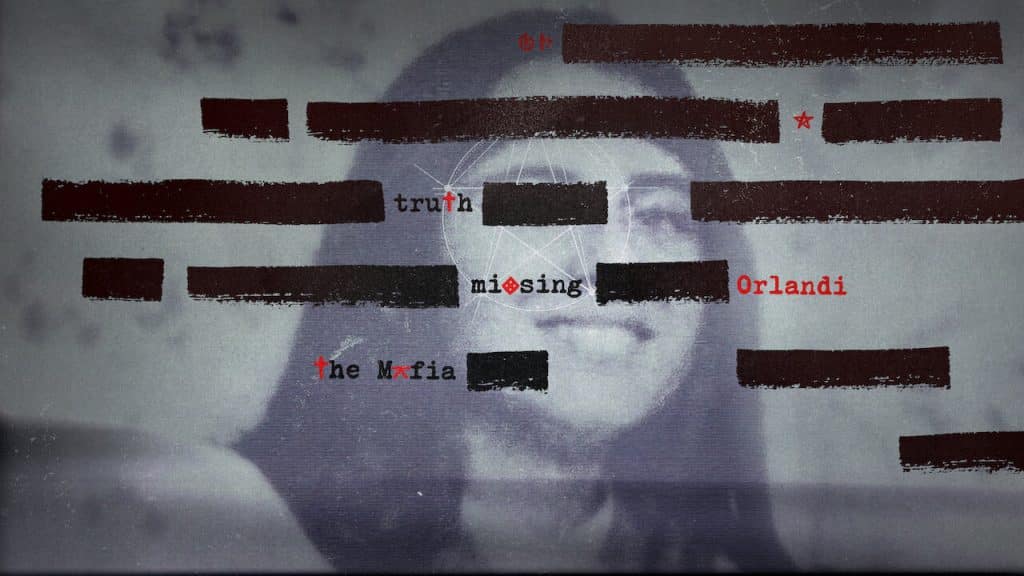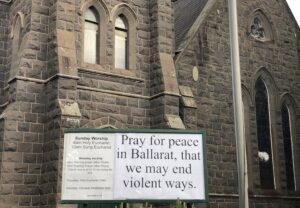
By Tim Kroenert
25 November 2022
Netflix surely gets plenty of mileage from its true crime content. This ranges from the salacious, such as Ryan Murphy’s Dahmer, to the procedural, for instance the Indian production House of Secrets. Despite its sensational title, Capturing the Killer Nurse is a surprisingly sober, victim-centric look at the crimes of serial killer Charles Cullen. His story gets a double hit on the streaming giant, portrayed also in the A-list Hollywood vehicle The Good Nurse. And that’s just the tip of Netflix’s true crime iceberg. Clearly, whether in documentary or narrative form, it’s a genre that captures eyeballs.
Vatican Girl falls toward the salacious end of the scale. This is despite its patient pacing and the time it gives to the family of its titular victim, Vatican City resident Emanuela Orlandi, who disappeared in 1983 and was never heard from again. Her siblings spent decades searching for her, and their pain and unrelenting hope resound in the modern-day interviews. But the mystery of Emanuela’s disappearance is clouded by international intrigue, the incursions of organised crime, and Dan Brown level Catholic conspiracies. The series tends to leer over these shadowy spectres, at the cost of real human connection.
Vatican Girl is divided into four episodes. The first introduces us to Emanuela and her family, relates the day of her disappearance and the first weeks of the investigation. Early leads include indications her kidnappers were terrorists who intended to hold her to ransom, pending the release of Mehmet Ali Ağca, who two years earlier had shot Pope John Paul II. This sets the abduction against the backdrop of a vaster international conflict, between the West and Soviet Russia, and the Pope’s determination to return Catholicism to his homeland of Poland.
The second focuses on the one-time mistress of a notorious crime boss. She claims to have kept Emanuela at her home for a period of time, before handing her off to an anonymous but purportedly high-ranking Vatican official. There are implications this crime boss held some financial sway over Vatican powerbrokers. Episode three features extended interviews with a man who claims to have been Emanuela’s abductor. Absurdly, he insists on wearing a bandana on his face for anonymity. His identity is part of public record, and his account has long been considered to lack credibility.
The fourth episode delves into the question that hangs over all these scenarios: Why Emanuela? Regardless of their ultimate objectives, why did her kidnappers single her out? Here, a former childhood friend appears in pixelated silhouette to reveal Emanuela had been subject to sexual advances from a cardinal. Is this why she was seen by her kidnappers as a valuable pawn? And why the Vatican itself has been so evidently opaque with just what it knows and doesn’t know about the girl’s disappearance? Clearly this is horrifying if true.
The problem is the series has no concrete answers. It’s replete with conjecture and shady maybes. What’s more it adds little to the story than what is already public record. As such it feels a little empty, even prurient. Eyeballs for Netflix, but what justice or peace for Emanuela and her family?
Streaming on Netflix.
For more faith news, follow The Melbourne Anglican on Facebook, Twitter, or subscribe to our weekly emails.






